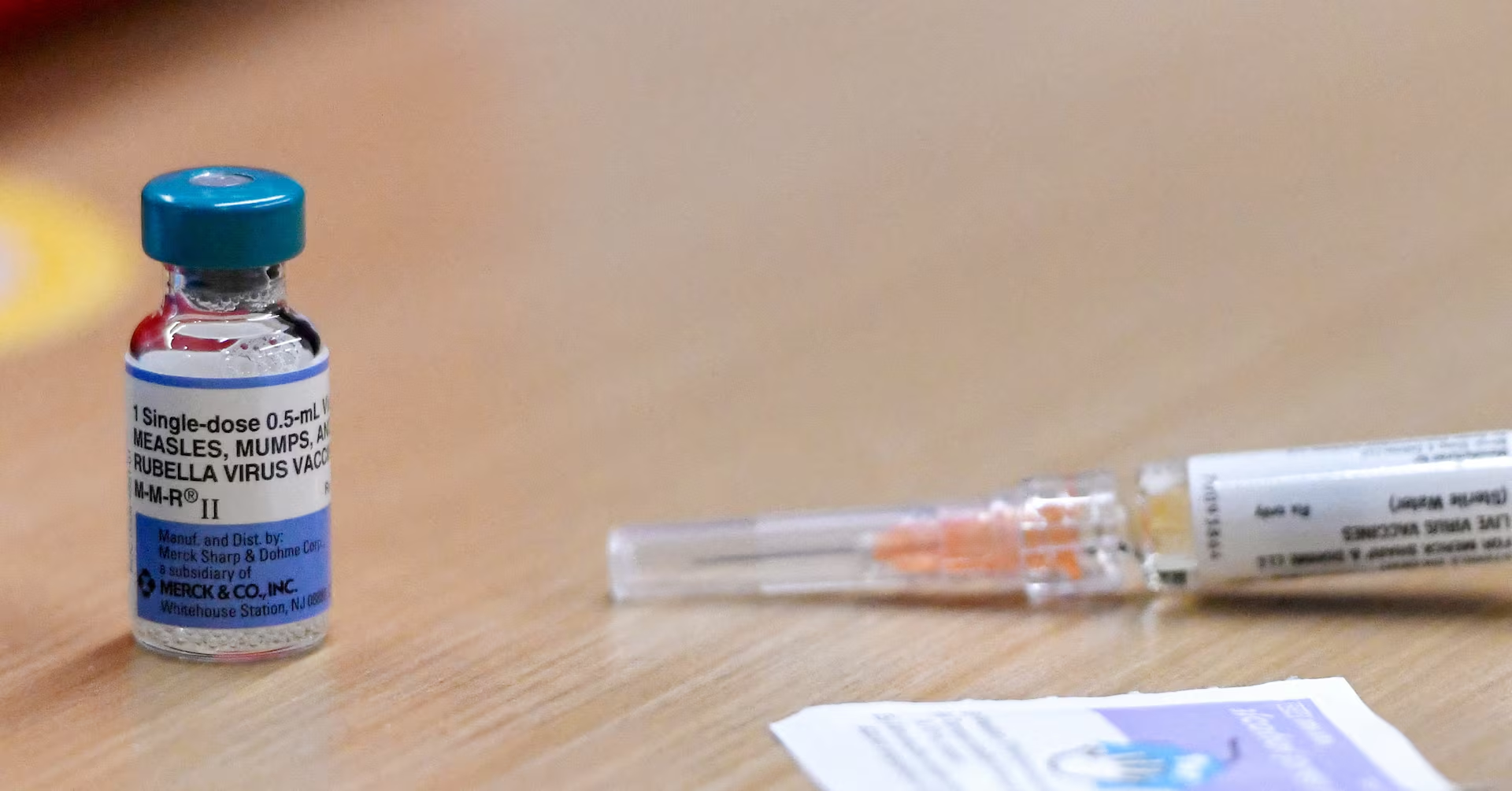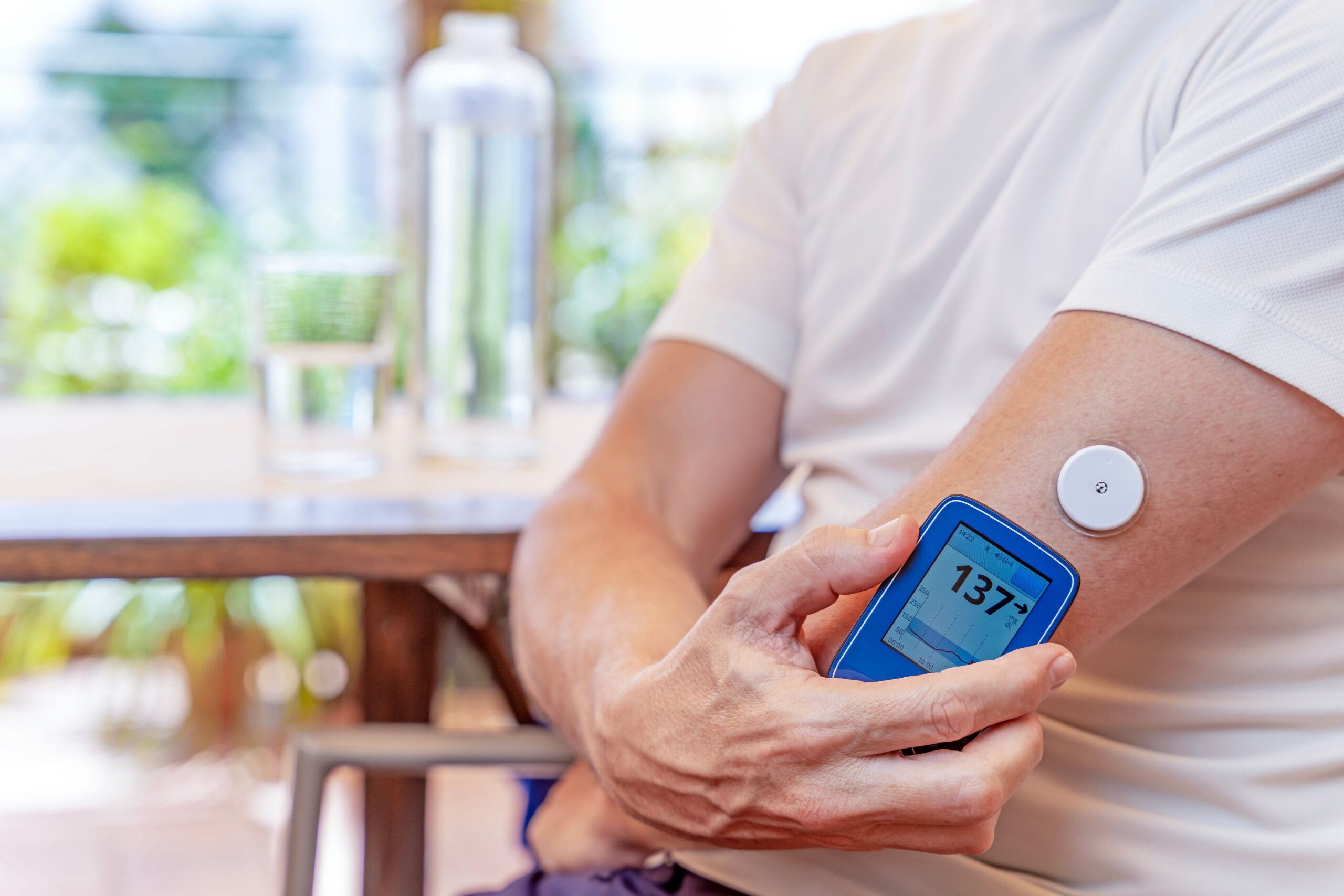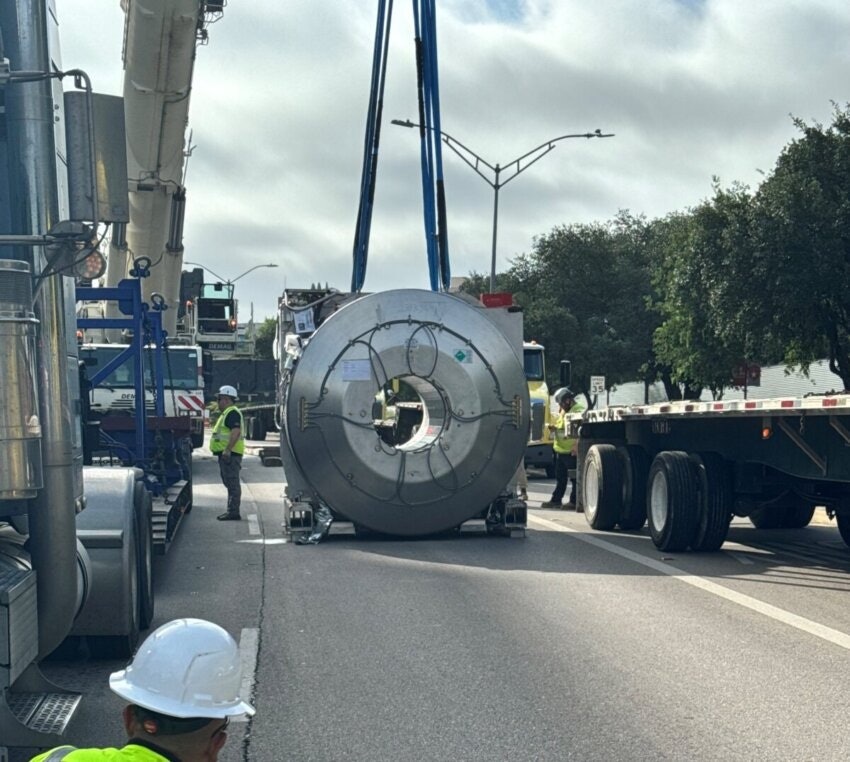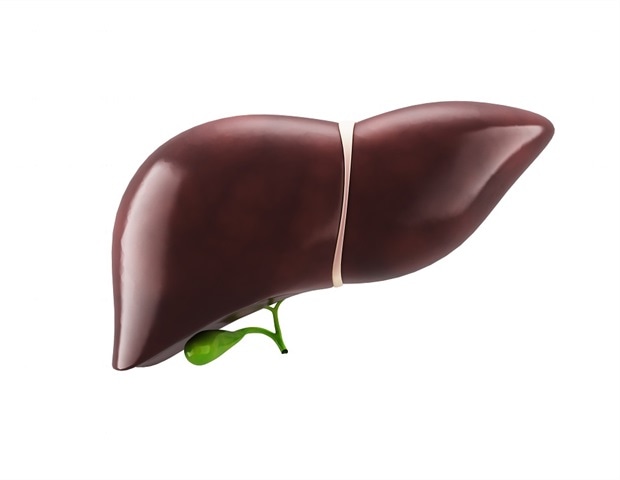Item 1 of 2 A view shows MMR vaccine at the City of Lubbock Health Department in Lubbock, Texas, U.S. February 27, 2025. REUTERS/Annie Rice/File Photo
Reuters The Ebola outbreak in the Democratic Republic of the Congo shows signs of containment, with no new confirmed or probable cases since the World Health Organization’s last update on October…







